15 facts about hip dysplasia in Maine Coon cats
I thought I would dig a bit deeper into feline hip dysplasia (FHD) in Maine Coons. It should interest people who adopt Maine Coons and those who love them (a lot of people do!). Hip dysplasia is a recognised inherited disease in this breed.
- A study "Demography, heritability and genetic correlation of feline hip dysplasia and response to selection in a health screening programme" found that 37.4% of Maine coon cats suffered from FHD. The study looked at 20 years of information from 5,038 registered Maine Coon cats. The disease can occur with patellar luxation but the association is weak according to one study: Evaluation of the association between medial patellar luxation and hip dysplasia in cats.
- The higher the body mass of the cat the worse the FHD. Body mass means the size of the individual cat i.e. the amount of matter. Maine coon cats are the largest domestic cat breed.
- When through selective breeding breeders create smaller Maine Coons than their ancestors the severity of FHD decreases. This means that the ever-popular very large Maine Coon cats are more likely to suffer from hip dysplasia which is something we don't read about when we look in awe at these hugely impressive cats.
- Maine Coon breeders should breed for smaller cats if they want to minimise the occurrence of hip dysplasia.
- Little is known about FHD except that it is an inherited disease particularly affecting Maine Coon cats.
- It is a painful orthopaedic disorder.
- FHD is rarer in cats than it is in dogs and humans.
- FHD describes the condition where the ball-and-socket joint (where the femur joins the hip) is loose because the ball at the top of the femur is poorly aligned. This stops it moving smoothly within the cup-shaped bone of the hip. Over time there is wear and tear which makes the connection between these two bones worse. This leads to osteoarthritis and a destruction of the cartilage.
- The cat becomes lame. They have difficulty walking and avoid physical activity. They feel pain in the joint.
- Because Maine Coons feel pain in the joint, they lick it to try and alleviate the pain. Or they might chew at the hip area.
- The weight of the large Maine Coon cats exacerbates the problem for obvious reasons i.e. because the weight puts more pressure on the joint which destabilises it more rapidly.
- Exercise can help to keep the hip muscles strong which can help in turn to stabilise the joint. Veterinarians recommend that you try to get your cat to jump onto the counter to get their food or to place food under the sofa so the cat has to crouch in order to find it.
- Anti-inflammatory drugs and dietary supplements containing glucosamine and chondroitin may help to maintain the strength of the cat's connective tissues.
- Surgery can be an option to help alleviate advanced cases of hip dysplasia. Surgery can include a hip replacement operation.
- One operation is to remove the ball part of the femur and let the muscles hold the joint together. This removes the pain although the cat will be lame and the operation shortens that leg. It is said that cats having gone through this operation benefit from it with better function and motion.
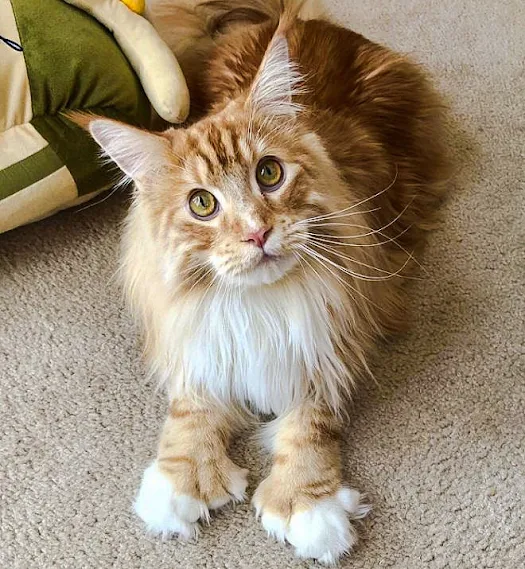 |
| Polydactyl Maine Coon. Another inherited condition but generally harmless. Picture in the public domain. |
The second source of information is: Cornell Feline Health Center.



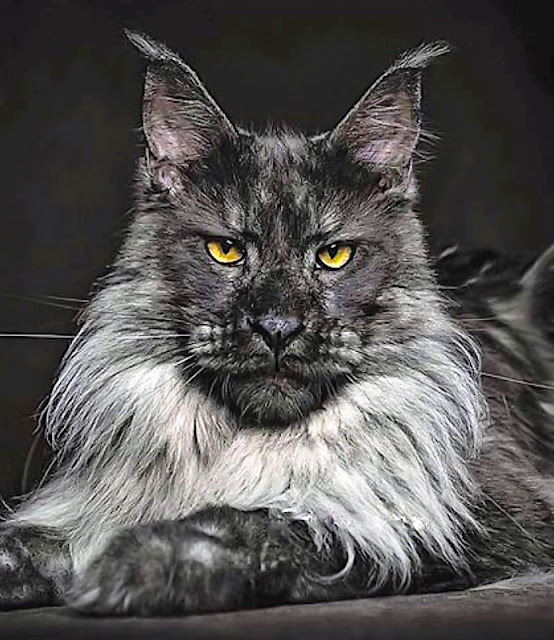



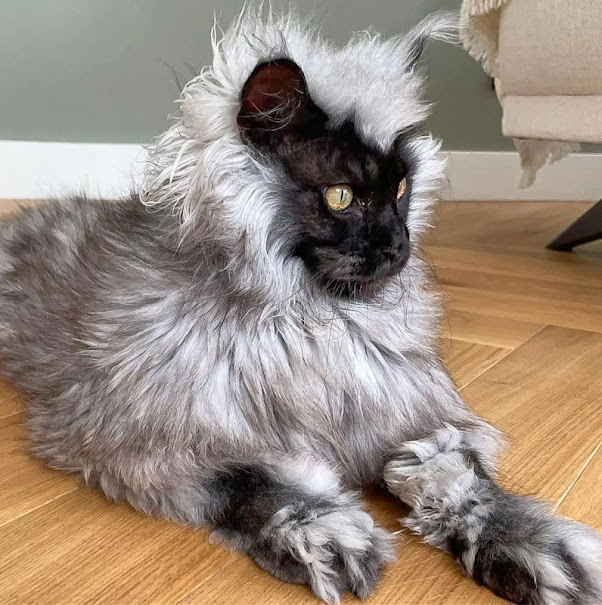

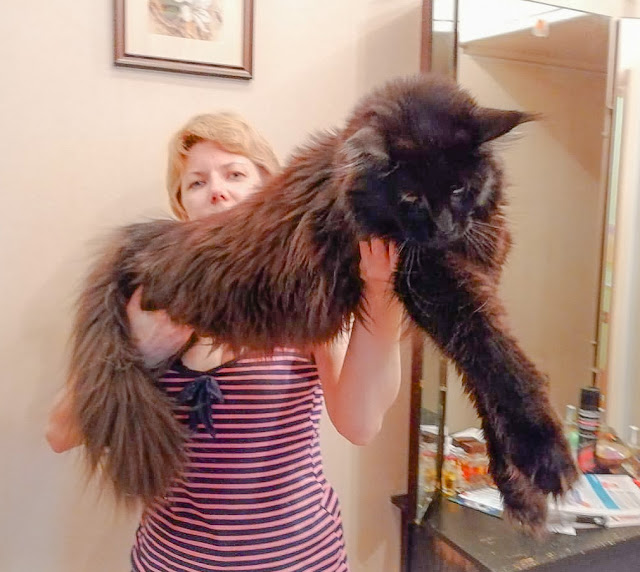
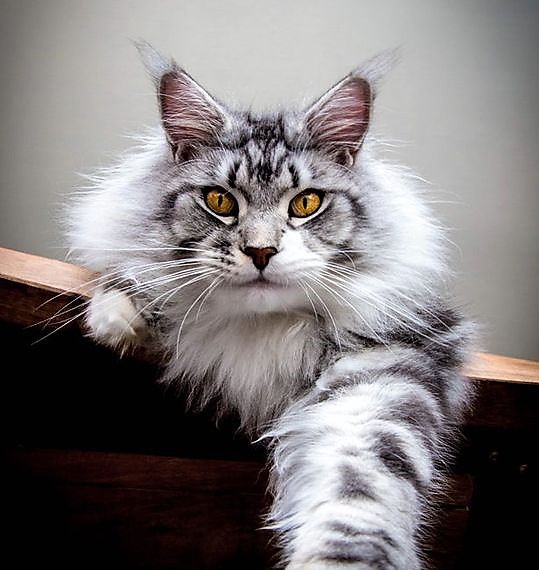
Comments
Post a Comment
Please share your Maine Coon experiences.